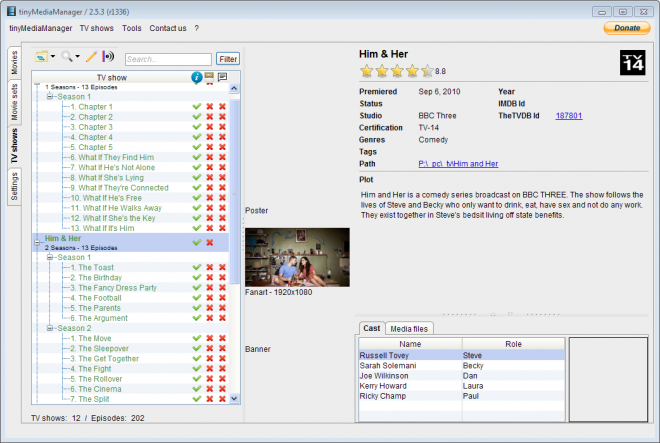

Joe Celko’s SQL for Smarties: Advanced SQL Programming, Second Edition Serge Abiteboul, Peter Buneman, and Dan Suciuĭata Mining: Practical Machine Learning Tools and Techniques with Java Implementations Barryĭata on the Web: From Relations to Semistructured Data and XML Understanding SQL and Java Together: A Guide to SQLJ, JDBC, and Related Technologiesĭatabase: Principles, Programming, and Performance, Second EditionĮdited by R. Managing Reference Data in Enterprise Databases: Binding Corporate Data to the Wider World Information Modeling and Relational Databases: Prom Conceptual Analysis to Logical DesignĮdited by Klaus R. Philippe Rigaux, Michel Scholl, and Agnes Voisard Spatial Databases: With Application to GIS

Transactional Information Systems: Theory, Algorithms, and Practice of Concurrency Control and Recovery Information Visualization in Data Mining and Knowledge DiscoveryĮdited by Usama Fayyad, Georges G. SQL: 1999-Understanding Relational Language Components Mining the Web: Discovering Knowledge from Hypertext DataĪdvanced SQL: 1999-Understanding Object-Relational and Other Advanced Featuresĭatabase Tuning: Principles, Experiments, and Troubleshooting Techniques Stephano Ceri, Piero Fraternali, Aldo Bongio, Marco Brambilla, Sara Comai, and Maristella Matera Terry Halpin, Ken Evans, Patrick Hallock, Bill Macleanĭesigning Data-Intensive Web Applications Joe Celko’s SQL for Smarties: Advanced SQL Programming, Third Editionįoundations of Multidimensional and Metric Data Structuresĭata Mining, Second Edition: Concepts and Techniquesįuzzy Modeling and Genetic Algorithms for Data Mining and Explorationĭatabase Modeling with Microsft® Visio for Enterprise Architects Querying XML: XQuery, XPath, and SQL/XML in Context
Tinymediamanager incompatible program series#
INDEX The Morgan Kaufmann Series in Data Management Systems: Series Editor: Jim Gray, Microsoft Researchĭata Mining: Concepts and Techniques, Second Edition ROW TWO: PLACING PARTIES, BUSINESS PROCESSES, AND MOTIVATION ROW TWO: FUNCTIONS AND BUSINESS PROCESSES ROW THREE: THE ENTITY-RELATIONSHIP DIAGRAMĬhapter 3: ACTIVITIES, FUNCTIONS, AND PROCESSESĪCTIVITIES AND THE ARCHITECTURE FRAMEWORK ROW TWO: BUSINESS TERMS, CONCEPTS, AND FACT TYPES The Morgan Kaufmann Series in Data Management Systems: Series Editor: Jim Gray, Microsoft Research Presents many concepts that are not currently being addressed by such tools - and should beĮssential Strategies, Inc.Provides a view of the world being addressed by all the techniques, methods and tools of the information processing industry (for example, object-oriented design, CASE, business process re-engineering, etc.).


The "metadata repository" is essential to keep track of the various physical components of these systems and their semantics. An important component of this integration is management of the "metadata" that describe, catalogue, and provide access to the various forms of underlying business data. This book is pertinent, with companies and government agencies realizing that the data they use represent a significant corporate resource recognize the need to integrate data that has traditionally only been available from disparate sources. It offers a view of the world being addressed by all the techniques, methods, and tools of the information processing industry (for example, object-oriented design, CASE, business process re-engineering, etc.) and presents several concepts that need to be addressed by such tools. It provides a step-by-step description of the model and is organized so that different readers can benefit from different parts. Data Model Patterns: A Metadata Map not only presents a conceptual model of a metadata repository but also demonstrates a true enterprise data model of the information technology industry itself.


 0 kommentar(er)
0 kommentar(er)
